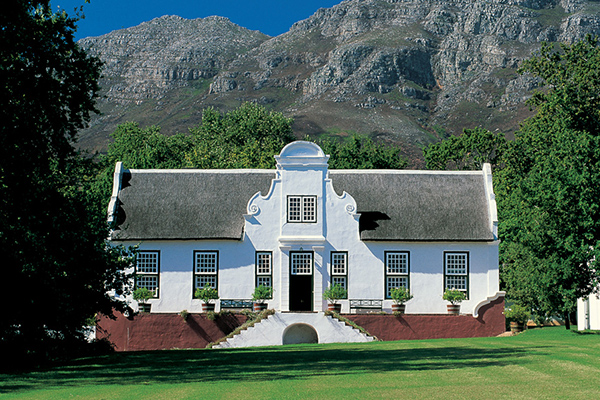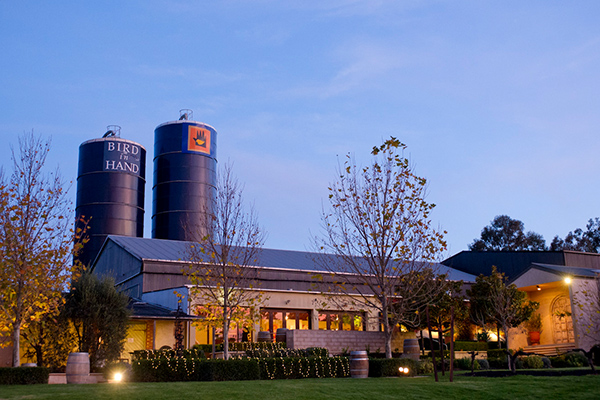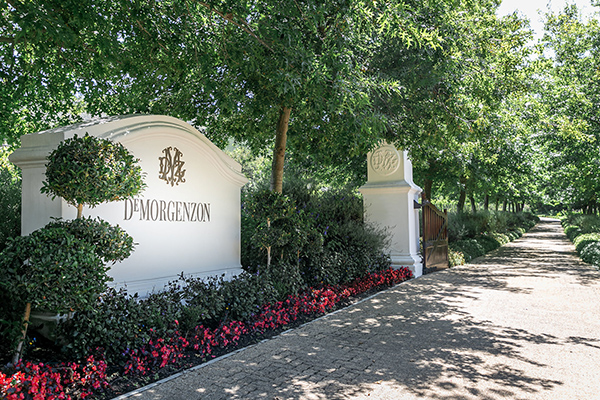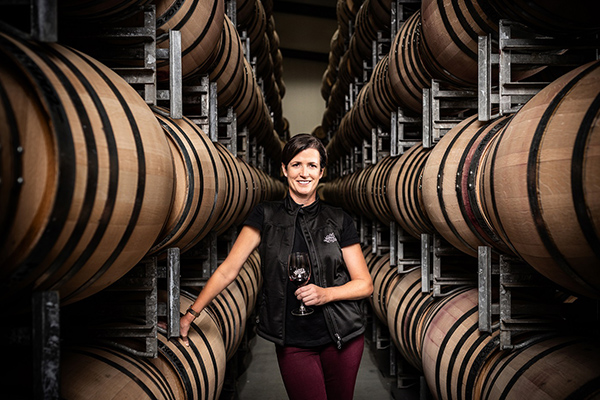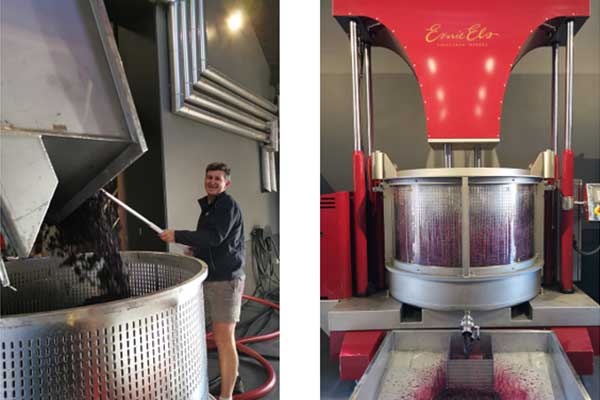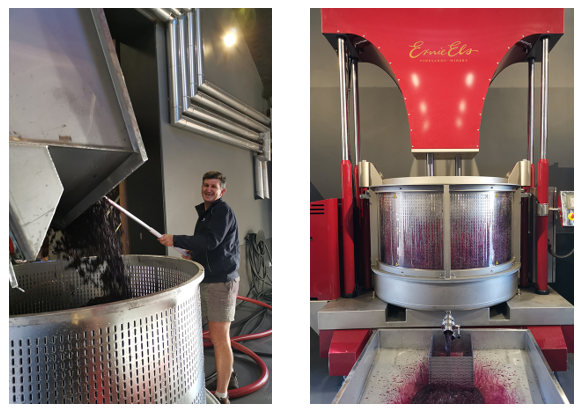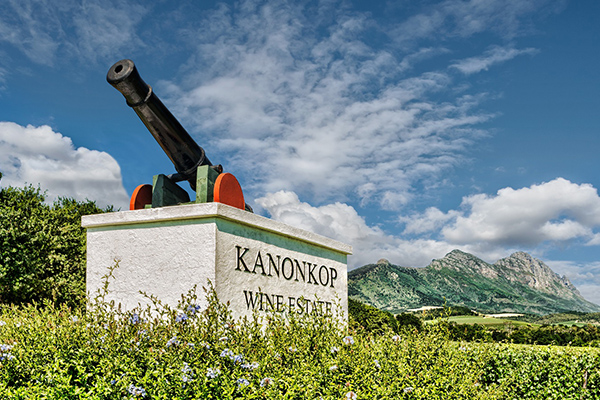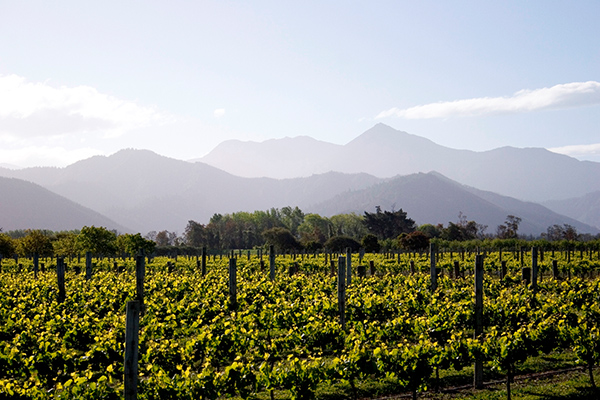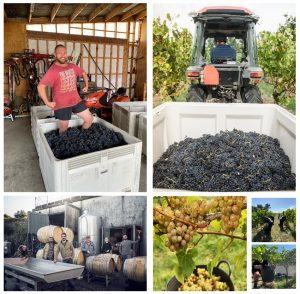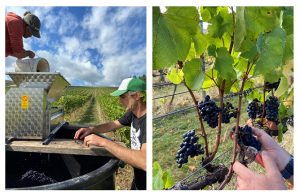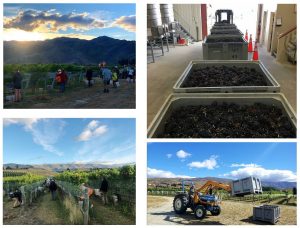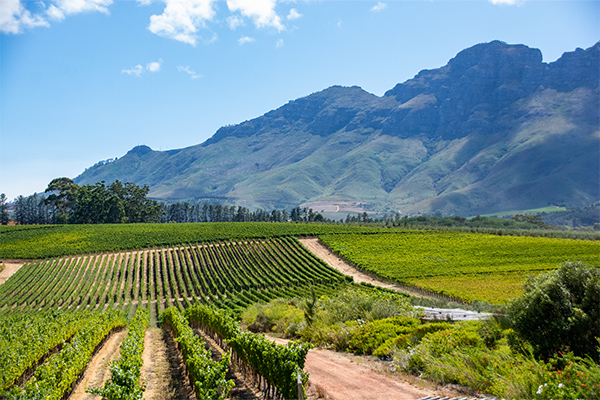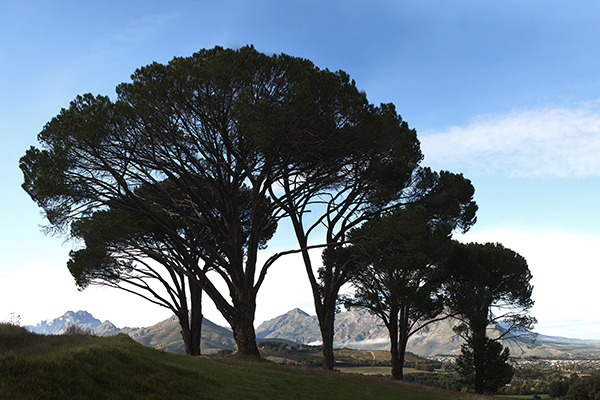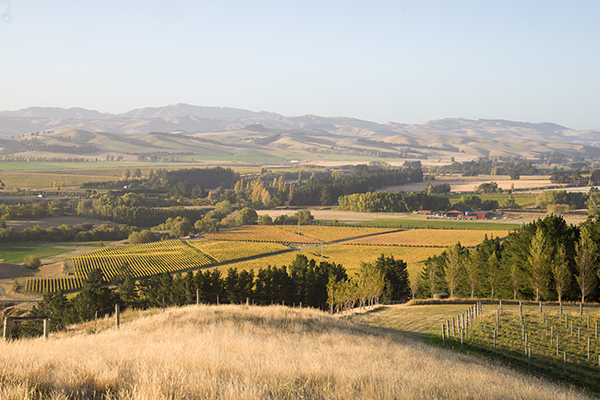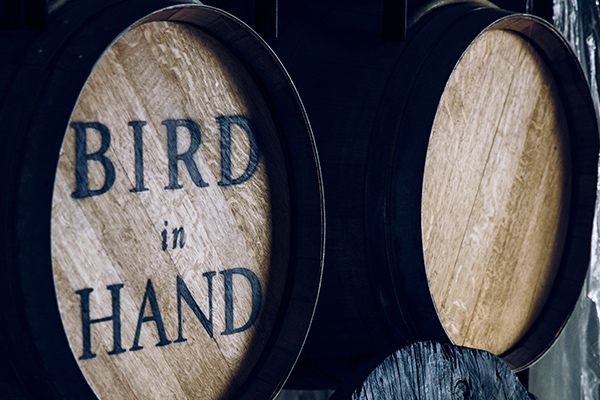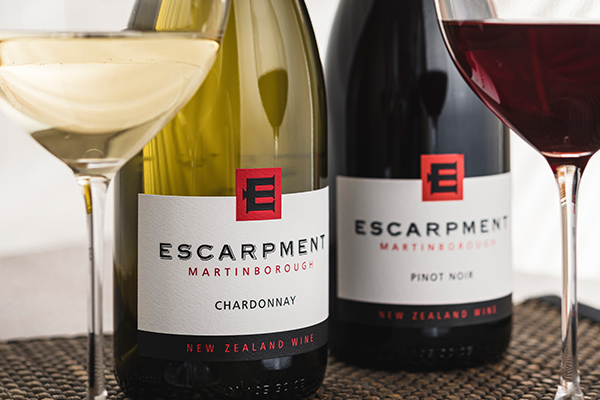The Decanter World Wine Awards (DWWA) were announced last week. Once again we were delighted that a number of our wines won gold and silver awards. Congratulations to all the producers listed below.
Gold medals
2019 Tête de Cuvée Pinot Noir, Bouchard Finlayson – 96 pts
Shows class and pedigree. A shy, tight nose of tilled earth and freshly cured bresaola. Young, tight, concentrated black fruits, mouth-watering acidity, and an intense palate.
2018 Seven Flags Chardonnay, Paul Cluver – 96 pts
Apples, cream, nuts, orange peel, and spicy oak all over the nose, with a dry, long, super moreish palate. Excellent now and for years to come.
2019 Five Soldiers Chardonnay, Rustenberg – 96 pts
Rich, round, and fleshy. Ripe and exotic with apple crumble and mandarins through to oak and spun sugar. A very smart, well-honed creation.
2019 Pinot Noir, Wooing Tree – 95 pts
Aromatic intensity here, with dark cherry, spice and a mocha lift. A complex palate with a bright red fruit style, ripe tannins and appetising finish.
Silver medals
2017 Glass Collection Cabernet Sauvignon, Glenelly – 94 pts
Perfumed currants, blueberry crumble, menthol, lavender. Fabulous length, firm yet silky tannins, brilliant tensions, but needs more time to unfurl.
2020 Steen, Donkiesbaai – 94 pts
Stunning citrus zest, white pepper, beeswax and marshmallow flavours offered in a cloak of enticing, complexing granitic minerality.
2019 The Boxer Shiraz, Mollydooker – 94 pts
Authentic and honest, with rich blackberry, raspberry and cherry, underpinned by tar and olive on the succulent palate. Massively enjoyable.
2017 Seven Flags Pinot Noir, Paul Cluver – 94 pts
A charming balance of floral; violets and roses, fruit; crunchy redcurrant, red cherry, savoury; cigar box, toast, liquorice. A fine effort.
2017 Estate Wine, Rust en Vrede – 94 pts
Charming blueberry and blackberry boiled sweets and attractive vanilla oak spice with a lovely freshness that carries this wine’s finish.
2015 The Jem, Waterford Estate – 94 pts
Savoury and spicy; fireside embers, cedar, cigars, baked plum. Swathes of ripe tannins. Rich but not heavy; impressive.
2020 Noble Late Harvest Riesling, Paul Cluver – 93 pts
Glazed blood orange, sweet lemon marmalade, gingerbread, and buttered warm white toast with melted honey. Plain and simply delicious.
2019 Estate Vineyards Cabernet Sauvignon, Rust en Vrede – 93 pts
Flavours of red fruit compote, a touch of dusty earth, and creamy, black mineral tannins. Eye-popping freshness and great ageing potential.
2018 Peter Barlow Cabernet Sauvignon, Rustenberg – 93 pts
A taut, dark, rich wine with hedgerow fruits, graphite and wine gum flavours. Creamy and sleek with grippy tannins.
2019 Galpin Peak Pinot Noir, Bouchard Finlayson – 92 pts
Raspberry yogurt, earthy notes, hints of cedar spice, and dried herbs. Long, with plenty of Cola and brambly fruit complexity.
2017 Proprietor’s Blend, Ernie Els – 92 pts
Big, powerful, and ripe with blackcurrant, cassis, and toast. Fine, with classical depth. A lot more to come from this wine.
2020 Estate Riesling, Paul Cluver – 92 pts
An off-dry style, carried well by the acids, with spicy apple, peach, and citrus flavours and a long apricot finish.
2018 Estate Chardonnay, Paul Cluver – 92 pts
Lovely green apple fruit pastille note melts into white peach and quince notes. A nicely textured palate and long finish.
2020 Walker Bay Sauvignon Blanc, Bouchard Finlayson – 91 pts
Lively and bracing acidity with lots of citrussy, zippy fruit on the palate. Attractive and pure. Lots of intense, primary fruit.
2019 Cabernet Sauvignon, The Stellenbosch Reserve – 91 pts
Pronounced cassis, blackcurrant leaf, tea leaf, and dried flowers. All primary and youthful at present, but with the structure to develop.
2020 Village Chardonnay, Paul Cluver – 91 pts
A vibrant and zesty white. The palate is gentle, pithy, with citrus, lemon peel, and a hint of mint. Excellent value.
2019 John X Merriman, Rustenberg – 91 pts
Dark and brooding with mulberries, dark plums, clove, and cedar. Juicy acidity, ripe supple tannins, and good concentration. Lovely persistent finish.
2020 Chardonnay, Rustenberg – 91 pts
Smart, compact, white blossom, white citrus, honeysuckle, apple pie, and a hint of fresh mint. Restrained, mineral and elegant.
2018 Big Easy Red Blend, Ernie Els – 90 pts
Perfumed note of parma violets and blueberries. Concentrated, chiseled palate of exuberant berry fruits with refreshing acidity and fine tannins.
2020 The Doctors’ Rose, Forrest Wines – 90 pts
Bright cranberry, raspberry peach aromas, leading to a creamy palate, light and refreshing, zesty with an almond twist to finish.
2015 Estate Reserve, Glenelly – 90 pts
Deep, inky and dark with earthy, spicy aromatics and hints of licorice, tar, and Provençal herbs. Drinking well now.
2018 Estate Pinot Noir, Paul Cluver – 90 pts
A taut, crunchy wine, with redcurrants and redberry combining with hints of bacon and aniseed underpinned by fine tannin.
2019 Malbec, Rustenberg – 90 pts
Exotic nose of plum and peach tea. Very polished and creamy with lovely, sappy, thick-skinned plums and baking spice intensity.
2020 Sauvignon Blanc, Rustenberg – 90 pts
A bright and fresh palate with grapefruit, hints of blood orange, and tangy acids with a round mouthfeel and long finish.
2019 Cabernet Sauvignon, Rustenberg – 90 pts
Spicy graphite-tinged black fruits meet tilled earth, leather, and notes of cedar and wood spice. Silky and soft, fleshy yet ultra-pure.
Please note that some vintages may not yet be available in the UK.
